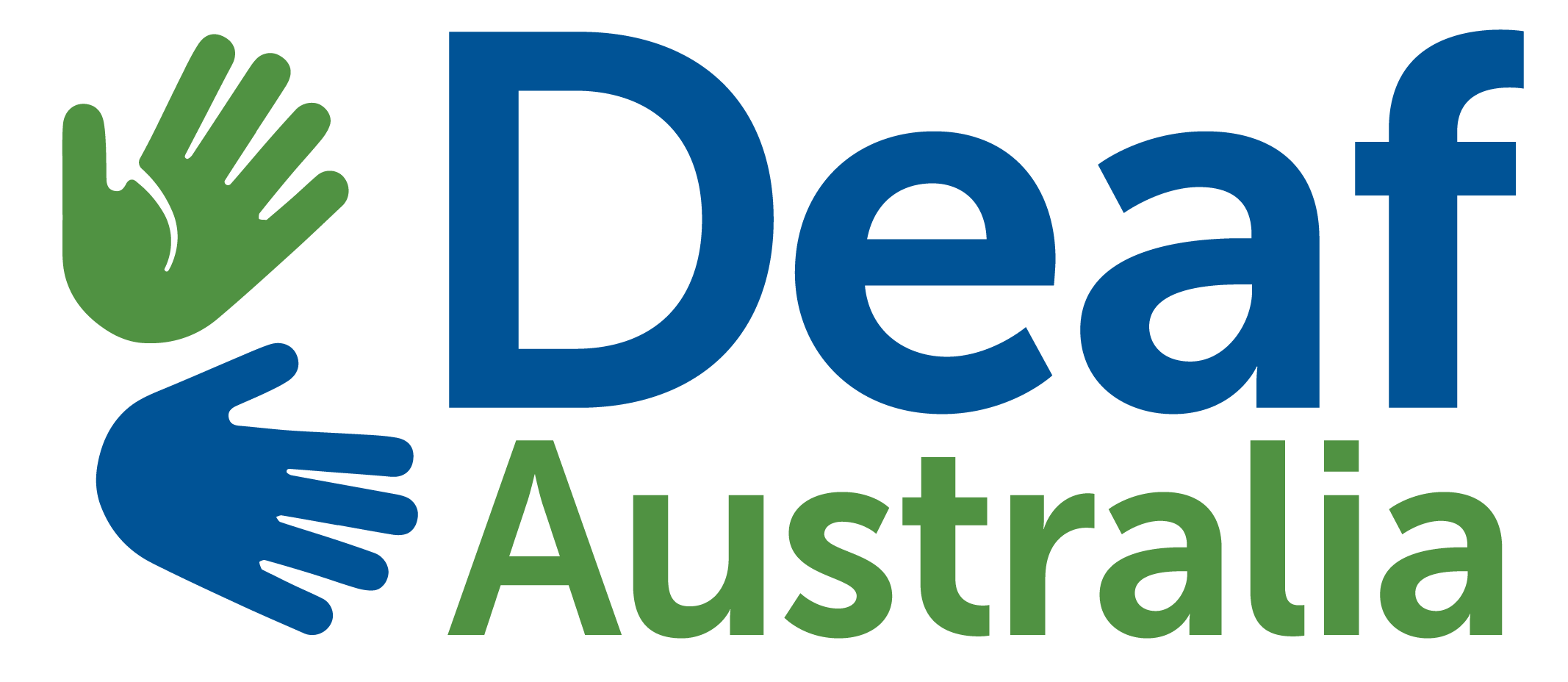No products in the cart.
Step 1: Deaf Pathway
| 1 - Deaf Pathway |
| 1.1 - Deaf Auslan Community |
| 1.2 - Deaf Identity |
| 1.3 - Auslan |
| 1.4 - Self Advocacy |
Step 2: Non-Deaf Pathway
| 2 - Non-Deaf Pathway |
Step 3: AIDE Toolkit
| 3 - AIDE Toolkit |
| 3.1 - AIDE 101 |
| 3.2 - About the Toolkit |
| 3.3 - AIDE - Education |
| 3.4 - AIDE - Employment |
| 3.5 - AIDE - Health |
| 3.6 - AIDE - Language use |
| 3.7 - AIDE - Services & Products |
Step 4: Resources
| 4.1.1 - DAC's Experiences (Social Snapshot Briefing Paper) |
| 4.1.2 - DAC's Desktop Literature Review |
| 4.1.3 - 2022 Deaf Census Report |
| 4.2.1 - Internal links (leaves toolkit) |
| 4.2.2 - External links |
| 4.3 - Glossary |
3.4 Employment
Transcript
This is where you will get information about employment and deaf people in Australia.
Deaf people work in a wide range of occupations and careers, and in virtually every industry. They have been employed at every position including manual labour, trades and professions, running small businesses, and even CEOs of public sector and non-government NFP organisations, and private sector corporations. They are just as likely as their non-deaf counterparts to possess useful talents, and by virtue of their life experience, are likely to excel in the prized employee trait of resilience.
Like anyone else, deaf people would prefer to work in an industry that interests them and with opportunities to move around, gain promotions and get specialised training. They would also like to work close to where they reside. However, for most, such job opportunities are elusive, and many would find themselves working beneath their qualifications and experience, or for deaf-specific organisations.
The main reasons for the challenges that deaf people face in employment are:
- Communication
- Accessible environment
- Work culture
Here you will find three downloadable documents to support you in making your workplace a positive place to work for your deaf employees:
- Snapshot of deaf people in employment
- Guideline on Employment AIDE
- Checklist on Employment AIDE
The best person to ask about making the workplace deaf/Auslan-friendly is the deaf person themselves as they have lived experience and will be able to advise on modifications to process, tools or culture that would best fit them and maximise their inclusion. One of the supports an employer could look into is the government-funded program “Employment Assistance Fund” (EAF).
Visual description
Deaf interpreter has short curly brown hair and is wearing a short-sleeve dark blue t-shirt. They are signing in a friendly and informative manner towards the camera.
Resources
Fill out the form below to access the resource downloads.
Checklists:
- AIDE Employment Checklist PDF
- AIDE Employment Checklist Word document
Guidelines:
- AIDE Employment Guideline PDF
- AIDE Employment Guideline Word document
Not what you are looking for? Send us a message.
